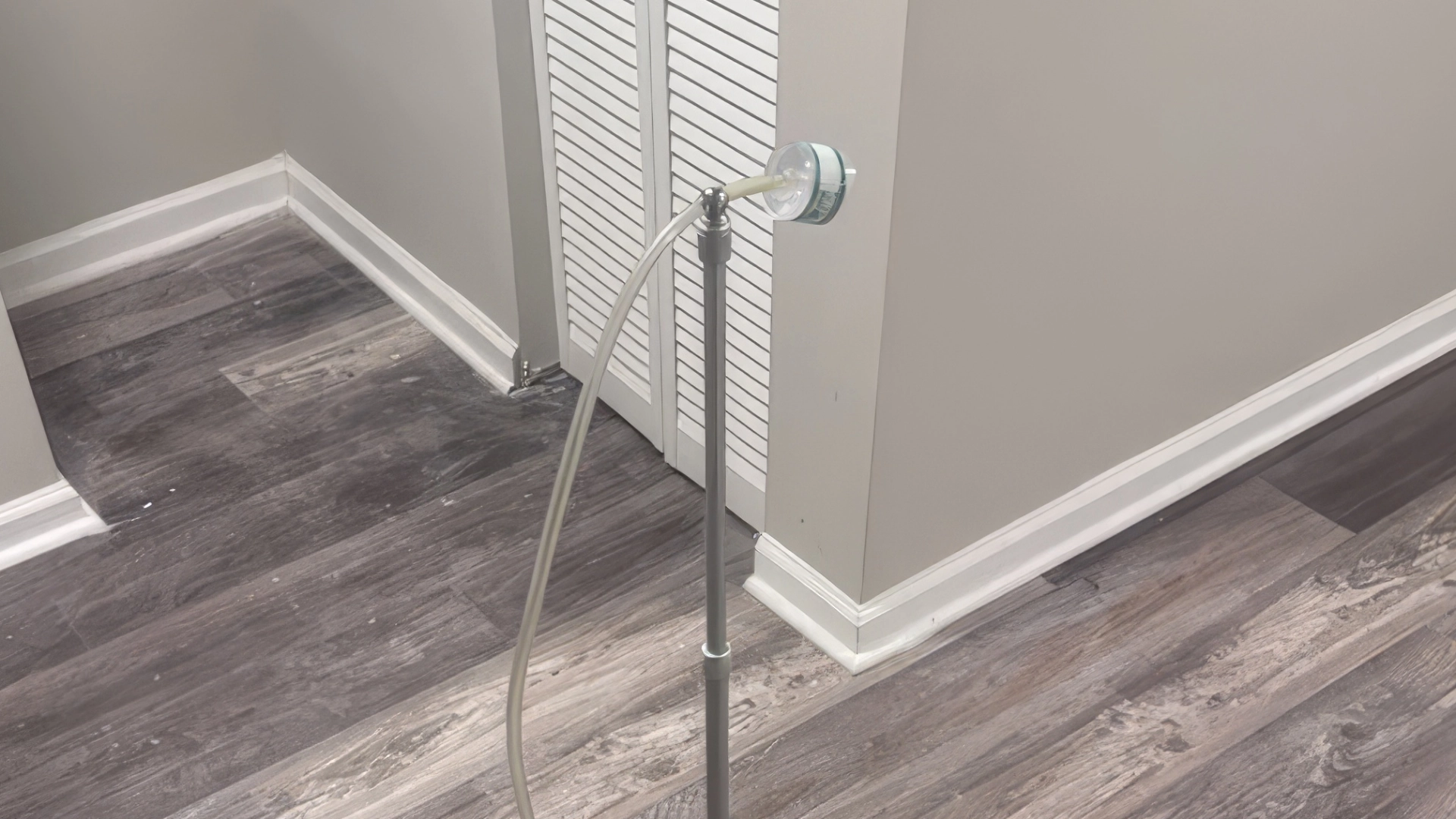Why its not practical to guarantee radon levels with a mitigation system
Introduction
There are many factors that influence radon levels in a home. While a home is a man-made structure, controlling radon levels is essentially a long-term battle against Mother Nature—it’s never a one-and-done process.
At Ensign Building Solutions, our years of experience in building science and radon mitigation have given us deep insight into how radon behaves and how best to manage it. But even with all our knowledge and technology, we never guarantee radon levels after installing a mitigation system—and neither should anyone else.
If someone claims they can guarantee your radon levels, that’s a red flag. Keep reading to learn why it’s scientifically and practically impossible to guarantee radon levels in any home, even with a well-designed mitigation system.
A Foundational Understanding of Radon
Radon is a radioactive gas that forms from the natural decay of uranium in the Earth’s soil. Long-term exposure to elevated radon levels increases the risk of lung cancer, making it the second leading cause after smoking.
As a gas, radon moves upward through the soil following the path of least resistance. Its atomic size allows it to pass easily through most building materials.
To put this into perspective: a water molecule (H₂O) contains three atoms. If you pour water onto a concrete slab, it will eventually wick through the surface. Radon, which consists of only one atom, has an even easier time moving through concrete, cracks, and gaps to enter your home.
Factors Affecting Radon Levels
Mother Nature’s Impact
Radon levels are heavily influenced by natural environmental conditions. Changes in wind, rainfall, barometric pressure, and temperature differentials can all alter how radon travels through the soil and enters a home. Georgia homeowners, read more on this in our blog on Factors Impacting Radon Levels in Georgia Homes.
Even soil compaction and subsurface geology affect radon movement. A home may not be directly built over uranium-rich soil, yet still experience elevated radon levels because the ground beneath it serves as a pathway for radon gas migrating from nearby areas.
Human Impact
Everyday household activities also affect radon levels. Appliances such as bath fans, dryers, and range hoods exhaust indoor air to the outside. For every cubic foot of air pushed out, an equal amount of makeup air must come back in—often from beneath the home, carrying radon with it.
This means that even two identical homes built side by side can have completely different radon readings depending on how they are used, how long ventilation systems run, and the habits of the people living inside.
Home Construction
No two homes are constructed exactly alike, and these differences directly impact radon behavior.
A tight building envelope with poor ventilation can trap radon inside, causing concentrations to rise. Conversely, when installing a mitigation system, an insufficient aggregate layer beneath the slab or grade beams that block air movement can limit how effectively the system can draw radon out.
Simply put, every home’s structure—its materials, foundation design, and ventilation—affects both radon entry and the performance of a mitigation system.
Understanding the Role of a Radon Mitigation System
A radon mitigation system is designed to reduce radon levels, not eliminate them entirely. Radon is present everywhere, even outdoors where the average background level is about 0.4 pCi/L.
Because of the stack effect, radon will always exist in every home to some degree. The goal of a mitigation system is to lower radon concentrations to as low a level as reasonably achievable—not to remove it completely.
Conclusion
Managing radon is an ongoing process that involves understanding the complex interaction between soil, weather, home design, and human activity.
At Ensign Building Solutions, we consider all these building science factors when designing and installing radon mitigation systems to improve your home’s indoor air quality.
The most realistic and responsible goal is to reduce radon levels as much as possible, then test regularly to ensure they remain at an acceptable level over time. Radon levels can fluctuate with the seasons, home use, and environmental conditions—so consistent monitoring is essential for maintaining a healthy indoor environment.











